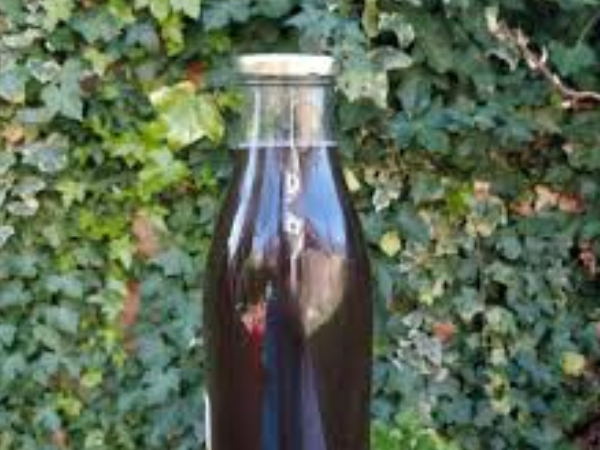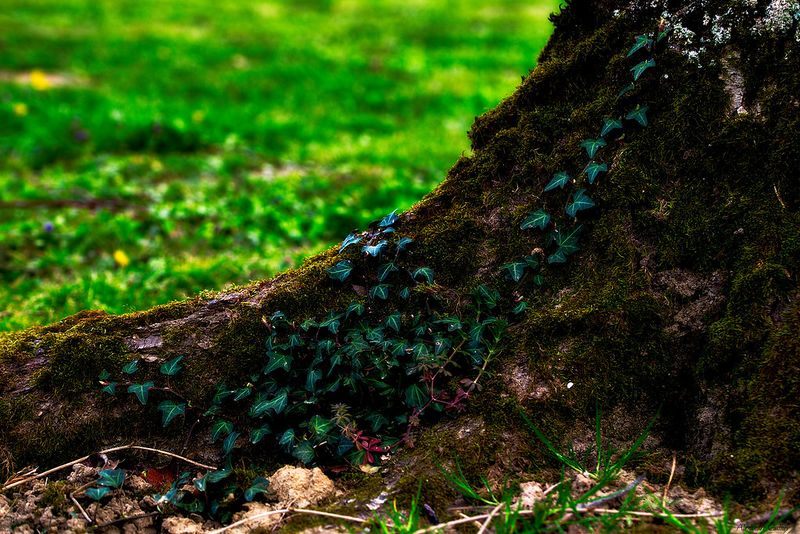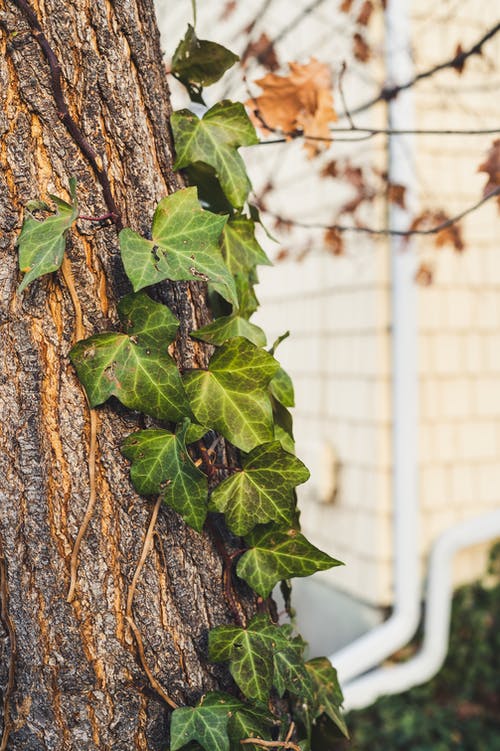(Page créée avec « This tutorial aims to help you produce your own liquid detergent at home easy to make (20 minutes for the preparation and 10 to 24 hours of rest before storage). It is ho... ») |
|||
| (31 révisions intermédiaires par le même utilisateur non affichées) | |||
| Ligne 3 : | Ligne 3 : | ||
|Main_Picture_annotation={"version":"3.5.0","objects":[{"type":"image","version":"3.5.0","originX":"left","originY":"top","left":-8,"top":-26,"width":225,"height":225,"fill":"rgb(0,0,0)","stroke":null,"strokeWidth":0,"strokeDashArray":null,"strokeLineCap":"butt","strokeDashOffset":0,"strokeLineJoin":"miter","strokeMiterLimit":4,"scaleX":2.74,"scaleY":2.74,"angle":0,"flipX":false,"flipY":false,"opacity":1,"shadow":null,"visible":true,"clipTo":null,"backgroundColor":"","fillRule":"nonzero","paintFirst":"fill","globalCompositeOperation":"source-over","transformMatrix":null,"skewX":0,"skewY":0,"crossOrigin":"","cropX":0,"cropY":0,"src":"https://wiki.lowtechlab.org/images/d/db/Lessive_au_lierre_lierre.jpg","filters":[]}],"height":450.2692998204668,"width":600} | |Main_Picture_annotation={"version":"3.5.0","objects":[{"type":"image","version":"3.5.0","originX":"left","originY":"top","left":-8,"top":-26,"width":225,"height":225,"fill":"rgb(0,0,0)","stroke":null,"strokeWidth":0,"strokeDashArray":null,"strokeLineCap":"butt","strokeDashOffset":0,"strokeLineJoin":"miter","strokeMiterLimit":4,"scaleX":2.74,"scaleY":2.74,"angle":0,"flipX":false,"flipY":false,"opacity":1,"shadow":null,"visible":true,"clipTo":null,"backgroundColor":"","fillRule":"nonzero","paintFirst":"fill","globalCompositeOperation":"source-over","transformMatrix":null,"skewX":0,"skewY":0,"crossOrigin":"","cropX":0,"cropY":0,"src":"https://wiki.lowtechlab.org/images/d/db/Lessive_au_lierre_lierre.jpg","filters":[]}],"height":450.2692998204668,"width":600} | ||
|Licences=Attribution (CC BY) | |Licences=Attribution (CC BY) | ||
| − | |Description=This tutorial aims to help you produce your own liquid detergent at home easy to make (20 minutes for the preparation and 10 to 24 hours of rest before storage). It is home-made, | + | |Description=This tutorial aims to help you produce your own liquid detergent at home easy to make (20 minutes for the preparation and 10 to 24 hours of rest before storage). It is home-made, zero waste, biodegradable (100% of natural product) and uses resources easily accessible in rural areas as in urban areas. The detergent can be kept for 3 weeks in a cool space sheltered from the light |
|Area=Habitat, Hygiene | |Area=Habitat, Hygiene | ||
|Type=Tutorial | |Type=Tutorial | ||
| Ligne 14 : | Ligne 14 : | ||
}} | }} | ||
{{Introduction | {{Introduction | ||
| − | |Introduction= | + | |Introduction=Ivy liquid detergent is based on the extraction of saponin - foaming agent - retained in leaves (and not the stem) of climbing ivy (and not creeping ivy to avoid leaves contaminated with animal urine). By boiling and infusing the leaves in water, we obtain a concentrated liquid which can substitute mainstream detergents. |
| − | {{Info| | + | {{Info|Saponin (or saponoside) is a surfactant molecule (foaming properties useful for detergents) naturally produced by plants and animals. |
| − | + | We meet saponin in other plants (soy, quinoa, tomatoes, potatoes, peas, spinach, chickpeas) or animals (plankton and other marine invertebrates).}}<br / | |
| − | + | >{{Warning|Caution : avoid the using of utensils dedicated for cooking, the whole plant is toxic if eaten (ingestion of two or three berries already gives signs of poisoning: irritated throat, headache, tachycardia, cramps, vomiting/diarrhea).}} This detergent can be described as unpleasant because of its quite strong plant smell (using vinegar as a softener reduces the smell) and its slightly yellowing effect on white clothes.<br />{{Idea|Saponin is also used in shampoo recipes and for DIY washing-up liquid. | |
| + | We meet saponin in other plants as soapwort and chestnut of horse chestnut (the fruit, not the bug).}} | ||
| Ligne 25 : | Ligne 26 : | ||
}} | }} | ||
{{Materials | {{Materials | ||
| − | |Material=* | + | |Material=* 100g of ivy leaves freshly picked (around 50 leaves) |
| − | * | + | * 1L of water |
<br /> | <br /> | ||
| − | |Tools=*( | + | |Tools=*(scissors or pruning shears) |
| − | *( | + | *(gloves, especially for people with sensitive skin as ivy can be stinging) |
| − | * | + | *saucepan or stew-pot '''(if possible dedicated to non-food uses to avoid any poisoning linked to poor cleaning of the utensils)''' |
| − | * | + | *strainer or clean cloth to filter the infusion |
| − | * | + | *a container for storing the washing powder produced (be sure to label the contents if you use a food container, and not to reuse it to store foodstuffs). |
<br /> | <br /> | ||
}} | }} | ||
{{Tuto Step | {{Tuto Step | ||
| − | |Step_Title= | + | |Step_Title=Ivy picking |
| − | |Step_Content= | + | |Step_Content=Collect around 50 leaves for 1L of water |
<br /> | <br /> | ||
| − | * | + | *Where to find ivy |
| − | + | Ivy is a shade plant that generally grows on tree trunks but also on the north faces of buildings and low walls. | |
| − | * | + | *Recognise ivy |
| − | + | Ivy leaves are alternate, with a fairly sturdy limb, dark green or slightly whitish around the edges. Young leaves are star-shaped, while adult leaves have two different shapes depending on their function: | |
| − | - | + | - stem leaves are palmatinervate with 5 more or less deep lobes (sometimes 3) |
| − | - | + | - those of floriferous stems (with access to light) are oval, with a sharp apex |
|Step_Picture_00=Lessive_au_lierre_46518480525_591d5b8066_b.jpg | |Step_Picture_00=Lessive_au_lierre_46518480525_591d5b8066_b.jpg | ||
|Step_Picture_01=Lessive_au_lierre_pexels-photo-6548289.jpeg | |Step_Picture_01=Lessive_au_lierre_pexels-photo-6548289.jpeg | ||
}} | }} | ||
{{Tuto Step | {{Tuto Step | ||
| − | |Step_Title= | + | |Step_Title=Leaves cleaning |
| − | |Step_Content= | + | |Step_Content=Simply clear leaves with water to eliminate dust and and any unwanted things. |
| − | + | It is not necessary to remove the stems, up to your preference. | |
| − | + | After washing, you can rub or chop the leaves so that they release their saponin more easily. | |
}} | }} | ||
{{Tuto Step | {{Tuto Step | ||
| − | |Step_Title= | + | |Step_Title=Leaves boiling |
| − | |Step_Content= | + | |Step_Content=Bring to the boil and leave to boil for around 15 minutes, covered. Then remove from the heat. |
}} | }} | ||
{{Tuto Step | {{Tuto Step | ||
| − | |Step_Title= | + | |Step_Title=Maceration/infusion of the mixture |
| − | |Step_Content= | + | |Step_Content=Leave to cool gently and macerate overnight, without removing the lid. |
}} | }} | ||
{{Tuto Step | {{Tuto Step | ||
| − | |Step_Title= | + | |Step_Title=Mixture filtration |
| − | |Step_Content= | + | |Step_Content=The next day, strain the mixture (the ivy leaves should have turned a dark green) using a skimmer, a fine sieve or a cloth. You can compost the ivy leaves if you have a compost bin or composter. |
}} | }} | ||
{{Tuto Step | {{Tuto Step | ||
| − | |Step_Title= | + | |Step_Title=Detergent storage |
| − | |Step_Content= | + | |Step_Content=The recipe can be kept '''for up to 3 weeks''' in a bottle, away from light and heat (or in the fridge in summer). In a warm place, this detergent will quickly ferment: you can easily identify a change in smell and the appearance of bubbles in the bottle. |
| − | + | To preserve your ivy detergent for longer, you can '''pour it into''' '''silicone cake moulds''' and '''place it in the freezer.''' Two moulds are equivalent to two caps. | |
}} | }} | ||
{{Tuto Step | {{Tuto Step | ||
| − | |Step_Title= | + | |Step_Title=Use in washing machine |
| − | |Step_Content= | + | |Step_Content=The quantities are the same as for your conventional commercial detergent. If you want to make your washing a little more effective without using more detergent, you can add a little baking soda (1 handful per litre) to the mixture. |
}} | }} | ||
{{Notes | {{Notes | ||
|Notes=#https://fr.wikipedia.org/wiki/Lierre_grimpant#Description | |Notes=#https://fr.wikipedia.org/wiki/Lierre_grimpant#Description | ||
| − | # | + | #The recipe as well as 2 other alternatives: https://magazine.laruchequiditoui.fr/lessive-maison-au-lierre-et-bien-plus-encore/ |
| − | # | + | #Another recipe with useful explanations for general culture: https://planetezerodechet.fr/lessive-au-lierre-recette-zero-dechet-naturelle/ |
| − | # | + | #Link to a recipe for a DIY shampoo: https://www.greenweez.com/magazine/les-alternatives-au-shampoing-12055/ |
}} | }} | ||
{{PageLang | {{PageLang | ||
Version actuelle datée du 2 juillet 2024 à 16:22
Description
This tutorial aims to help you produce your own liquid detergent at home easy to make (20 minutes for the preparation and 10 to 24 hours of rest before storage). It is home-made, zero waste, biodegradable (100% of natural product) and uses resources easily accessible in rural areas as in urban areas. The detergent can be kept for 3 weeks in a cool space sheltered from the light
Sommaire
Sommaire
- 1 Description
- 2 Sommaire
- 3 Introduction
- 4 Étape 1 - Ivy picking
- 5 Étape 2 - Leaves cleaning
- 6 Étape 3 - Leaves boiling
- 7 Étape 4 - Maceration/infusion of the mixture
- 8 Étape 5 - Mixture filtration
- 9 Étape 6 - Detergent storage
- 10 Étape 7 - Use in washing machine
- 11 Notes et références
- 12 Commentaires
Introduction
Ivy liquid detergent is based on the extraction of saponin - foaming agent - retained in leaves (and not the stem) of climbing ivy (and not creeping ivy to avoid leaves contaminated with animal urine). By boiling and infusing the leaves in water, we obtain a concentrated liquid which can substitute mainstream detergents.
This detergent can be described as unpleasant because of its quite strong plant smell (using vinegar as a softener reduces the smell) and its slightly yellowing effect on white clothes.
Matériaux
- 100g of ivy leaves freshly picked (around 50 leaves)
- 1L of water
Outils
- (scissors or pruning shears)
- (gloves, especially for people with sensitive skin as ivy can be stinging)
- saucepan or stew-pot (if possible dedicated to non-food uses to avoid any poisoning linked to poor cleaning of the utensils)
- strainer or clean cloth to filter the infusion
- a container for storing the washing powder produced (be sure to label the contents if you use a food container, and not to reuse it to store foodstuffs).
Étape 1 - Ivy picking
Collect around 50 leaves for 1L of water
- Where to find ivy
Ivy is a shade plant that generally grows on tree trunks but also on the north faces of buildings and low walls.
- Recognise ivy
Ivy leaves are alternate, with a fairly sturdy limb, dark green or slightly whitish around the edges. Young leaves are star-shaped, while adult leaves have two different shapes depending on their function:
- stem leaves are palmatinervate with 5 more or less deep lobes (sometimes 3)
- those of floriferous stems (with access to light) are oval, with a sharp apex
Étape 2 - Leaves cleaning
Simply clear leaves with water to eliminate dust and and any unwanted things.
It is not necessary to remove the stems, up to your preference.
After washing, you can rub or chop the leaves so that they release their saponin more easily.
Étape 3 - Leaves boiling
Bring to the boil and leave to boil for around 15 minutes, covered. Then remove from the heat.
Étape 4 - Maceration/infusion of the mixture
Leave to cool gently and macerate overnight, without removing the lid.
Étape 5 - Mixture filtration
The next day, strain the mixture (the ivy leaves should have turned a dark green) using a skimmer, a fine sieve or a cloth. You can compost the ivy leaves if you have a compost bin or composter.
Étape 6 - Detergent storage
The recipe can be kept for up to 3 weeks in a bottle, away from light and heat (or in the fridge in summer). In a warm place, this detergent will quickly ferment: you can easily identify a change in smell and the appearance of bubbles in the bottle.
To preserve your ivy detergent for longer, you can pour it into silicone cake moulds and place it in the freezer. Two moulds are equivalent to two caps.
Étape 7 - Use in washing machine
The quantities are the same as for your conventional commercial detergent. If you want to make your washing a little more effective without using more detergent, you can add a little baking soda (1 handful per litre) to the mixture.
Notes et références
- https://fr.wikipedia.org/wiki/Lierre_grimpant#Description
- The recipe as well as 2 other alternatives: https://magazine.laruchequiditoui.fr/lessive-maison-au-lierre-et-bien-plus-encore/
- Another recipe with useful explanations for general culture: https://planetezerodechet.fr/lessive-au-lierre-recette-zero-dechet-naturelle/
- Link to a recipe for a DIY shampoo: https://www.greenweez.com/magazine/les-alternatives-au-shampoing-12055/
Published



 Français
Français English
English Deutsch
Deutsch Español
Español Italiano
Italiano Português
Português